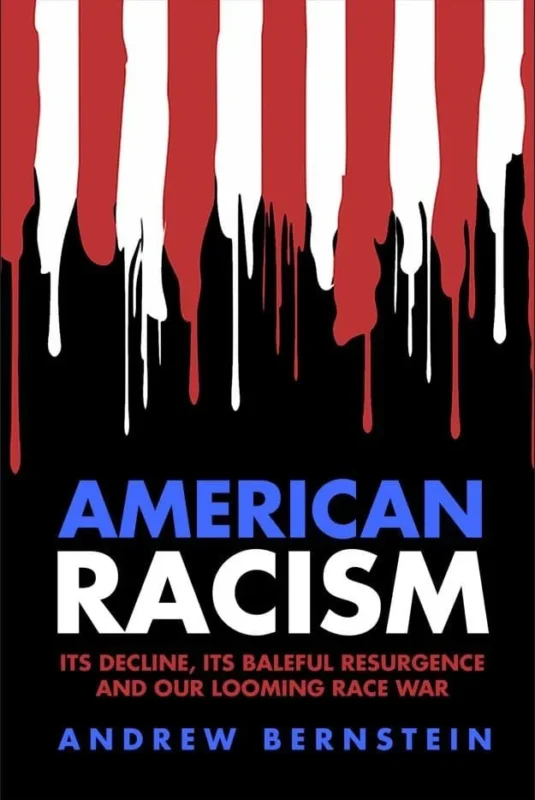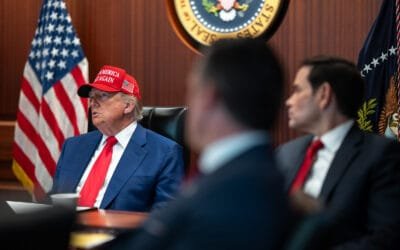What do low interest rates have to do with causing the government to inflate the money supply?
The link between Fed-manipulated interest rates and the money supply is a direct, causal one. The interest rate in question is the ‘Fed Funds rate’. This is the rate that banks pay to borrow overnight reserves from one another. This is a ‘free-market’ rate in the sense that it fluctuates daily based on the demand for reserves and the supply of reserves among banks.
However, the means by which the Fed acts to manipulate this rate is to change the supply of reserves in the system, by so-called ‘open market operations’. These operations are conducted by the Fed buying or selling Treasury bonds, notes and bills. If the Fed buys securities, it effectively injects reserves into the system (it credits the seller’s account with money), and if it sells securities, it drains reserves (it takes money from the buyer, and ‘retires’ it). The Fed Funds rate is thus caused to move down or up, respectively.
The quantity of reserves in the banking system plus currency in circulation is known as the ‘Monetary Base’ or M0, and is the most basic money supply measure, upon which all the other measures are dependent. So in effect, the Fed acts *directly* on the money supply, with the goal of targeting a particular interest rate. (You will note that the Fed is always said to be ‘targeting’ the Fed Funds rate, not ‘setting’ it.)
What are ‘reserves’? Banks are required to keep reserves with the Federal Reserve to back the chequing accounts and savings accounts which they ‘owe’ to the account holders. Rather than keeping the whole value of each bank account on hand, the bank only keeps a fraction, knowing that only a fraction of its account-holders will seek to withdraw their funds at any one time (this is fractional reserve banking). The reserve fraction typically varies between 3% and 12% depending on the type of account and the current Federal Reserve regulations.
If a bank has $1 Billion of chequing accounts on deposit, it might be required to keep 3% or $30 Million of reserves to back those accounts. If a bank comes up short any particular night, it is allowed to borrow excess reserves from another bank. However, systemwide, there must always be at least enough reserves to back all bank accounts.
Say that there are $1 Trillion of deposits with US banks. Say the average required reserve ratio is 5%, and hence the banks need to keep $50 Billion in reserves to back these accounts. If the Fed wishes to target a lower Fed Funds rate, it must add reserves to the system.
Say the Fed buys $1 Billion of Treasury securities from banks, and credits them with $1 Billion of additional reserves. According to the multiplier effect, this will allow banks to make an additional $20 Billion of loans (thereby increasing the broader money supply by $20 Billion). As a result, interest rates economy-wide will tend to drop.
Conversely, if the Fed removes $1 Billion of reserves from the system, then the remaining $49 Billion of reserves can only support $980 Billion in bank accounts. In something akin to the game musical chairs, some bank somewhere is going to come up short of reserves. To raise the extra cash needed to meet the reserve requirements, it will need to start calling in loans. A contraction of the broader money supply measures results, and interest rates rise









